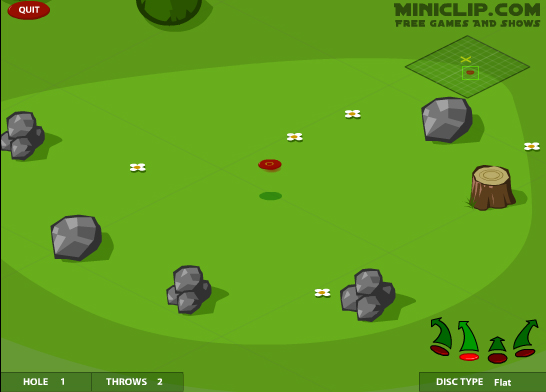Hi, I was wondering if I can use some of your knowledge to decide what the best (time vs. performance) compression algorithm is for a given type of image.
I’m dealing with a 2D array of ARGB values (therefore 4 bytes per pixel). The image is a screenshot of a flash game which is using vector graphics, and has very few colours, with the colours repeating often.
Here’s an example image take from a google search.

Using an inbuilt zlib algorithm I achieved high compression but it took a long time. I’m aware that I could probably compress nearly as well if I take advantage of the image having few colours which are repeated often.
My first attempt was using simple run-length encoding with the sections being 4 bytes (to account for ARGB), this was very quick but didn’t compress amazingly well.
Does anyone have any ideas on what algorithms or techniques would work well with this type of image?


